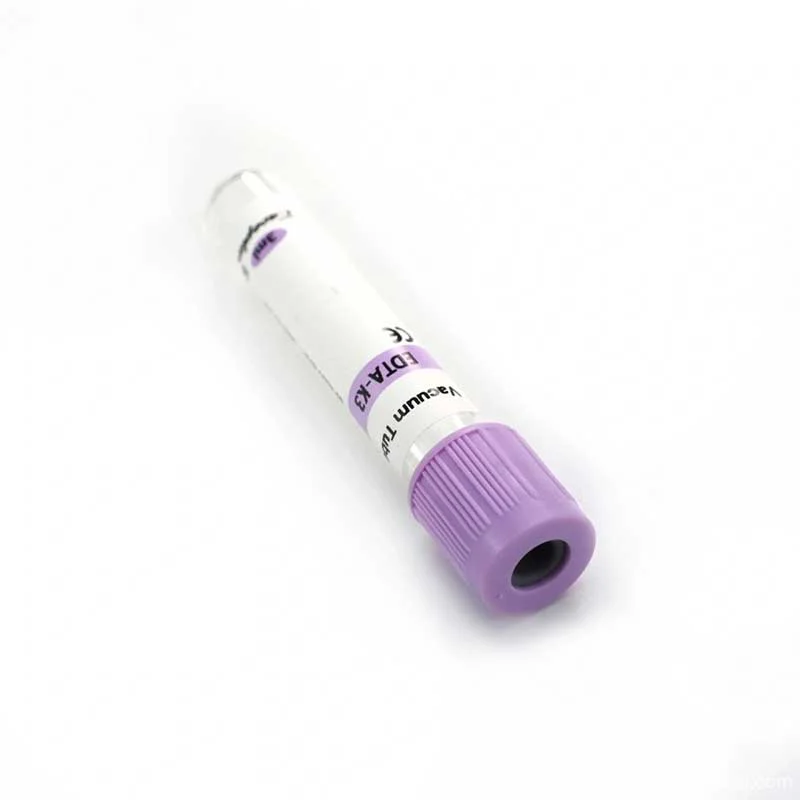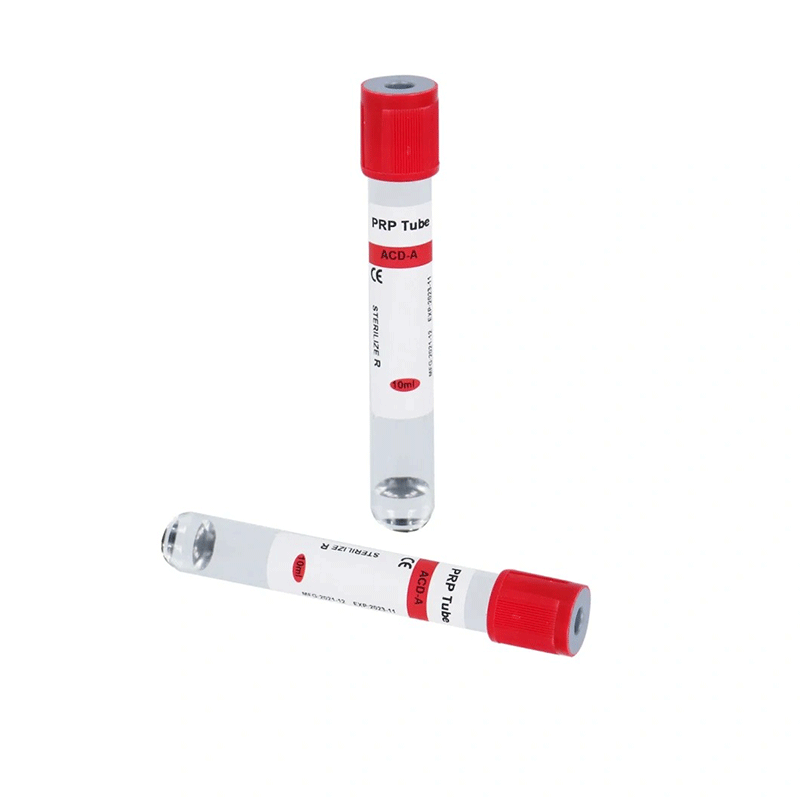Sulfate-reducing bacteria (SRB) play a significant role in various environmental and industrial processes. While they contribute to essential biogeochemical cycles, they can also cause severe issues, such as metal corrosion, water pollution, and health concerns. Understanding their biology, detection methods, and control strategies is crucial for managing their impact.
Table of Contents
- 1 Definition of Sulfate-Reducing Bacteria
- 2 Types and Characteristics of Sulfate-Reducing Bacteria
- 3 Biological and Ecological Characteristics
- 4 Applications and Risks of Sulfate-Reducing Bacteria
- 5 How to Detect Sulfate-Reducing Bacteria?
- 6 Controlling and Preventing Sulfate-Reducing Bacteria
- 7 Conclusion
- 8 FAQ
Definition of Sulfate-Reducing Bacteria
Sulfate-reducing bacteria (SRB) are anaerobic microorganisms capable of using sulfate (SO₄²⁻) or other sulfur compounds as electron acceptors. During metabolism, they reduce sulfate into hydrogen sulfide (H₂S). These bacteria are widely present in natural and industrial environments, including marine sediments, wastewater treatment plants, oil field injection systems, the human digestive tract, and metal pipelines.

Types and Characteristics of Sulfate-Reducing Bacteria
SRB is not a single bacterial species but a group of microorganisms with similar metabolic functions. The main genera include:
Desulfovibrio
- Found in soil, water, and biofilms.
- Uses organic compounds (like lactate and acetate) or hydrogen as electron donors.
- Involved in iron corrosion in industrial pipelines.
Desulfotomaculum
- A spore-forming SRB species.
- Survives in harsh environments, such as oil fields.
- Contributes to biogas production.
Desulfobacter
- Plays a role in the sulfur and carbon cycles in marine sediments.
- Utilizes fatty acids as an energy source.
🔗 Check out bacterial test tube solutions for SRB detection: SRB Test Tubes
Biological and Ecological Characteristics
- Anaerobic nature – SRBs thrive in oxygen-free environments, as oxygen inhibits their metabolism.
- Energy metabolism – These bacteria use organic compounds or hydrogen as electron donors to reduce sulfate to hydrogen sulfide.
- Ecological role – SRB contributes to biogeochemical cycles of carbon, sulfur, and iron, influencing environmental stability.
Applications and Risks of Sulfate-Reducing Bacteria
Beneficial Applications
- Environmental Remediation – SRB assists in wastewater treatment by removing heavy metals like lead, cadmium, and mercury, reducing water toxicity.
- Bioenergy Production – Some SRBs contribute to biological hydrogen production, enhancing renewable energy use.
- Soil Restoration – SRB plays a role in reclaiming metal-contaminated soil in industrial and mining areas.
Potential Risks
- Metal Corrosion – Hydrogen sulfide produced by SRB reacts with metals like iron and copper, leading to sulfide deposits and corrosion in pipelines and storage tanks. This causes significant economic losses in industries such as oil, gas, and shipping.
- Water Pollution – Excessive SRB growth can contribute to the formation of black, foul-smelling water bodies, disrupting aquatic ecosystems.
- Health Concerns – Some SRB species have been linked to chronic gastrointestinal disorders and periodontal diseases.
Find out how to detect SRB effectively: How to Detect Sulfate-Reducing Bacteria
How to Detect Sulfate-Reducing Bacteria?
Serial Dilution Method – Using SRB Test Tubes
One of the most reliable methods for detecting SRB is the serial dilution method (Most Probable Number, MPN), a statistical technique that estimates bacterial concentration in a sample.
Principle of Detection
SRB grows in specialized culture media containing sulfate. During metabolism, they produce hydrogen sulfide (H₂S), which reacts with iron ions (Fe²⁺) in the medium to form black iron sulfide (FeS) precipitates. Black coloration indicates bacterial activity, and MPN tables are used to estimate bacterial counts.
Step-by-Step Detection Procedure
Sample Collection – Obtain samples from water, sludge, oil pipelines, or other environments.
Serial Dilution – Dilute the sample in a 10-fold series to prepare multiple concentration levels.
Inoculation – Transfer diluted samples into SRB test tubes containing selective growth media. Typically, 5-10 tubes per dilution level are used.
Anaerobic Incubation – Incubate the test tubes at 37°C under anaerobic conditions for 7-14 days.
Result Interpretation – Observe color changes in the culture medium:
- Positive (Black Precipitate) – Indicates SRB growth and H₂S production.
- Negative (No Color Change) – No SRB growth detected.
MPN Calculation – The number of positive tubes at each dilution level is compared against statistical MPN tables to estimate SRB concentration per milliliter.
Advantages of SRB Test Tubes
- High Sensitivity – Detects SRB concentrations as low as 1 CFU/mL.
- Clear Visual Results – The black precipitate reaction is easy to interpret, reducing misjudgment.
- Versatility – Suitable for various sample types, including water, industrial waste, oil fields, and pipelines.
Controlling and Preventing Sulfate-Reducing Bacteria
Since SRB can cause industrial damage and environmental pollution, various control strategies are essential.
Industrial Protection Measures
- Biocides and Oxidizing Agents – Nitrate, hydrogen peroxide, or other chemical inhibitors can suppress SRB growth.
- Corrosion-Resistant Materials – Using stainless steel or protective coatings minimizes SRB-induced corrosion.
- Routine Cleaning and Maintenance – Regular removal of deposits prevents SRB colonization and biofilm formation.
Water Quality Management
- Aeration – Increasing oxygen levels reduces anaerobic conditions favorable for SRB.
- Sulfate Reduction – Lowering sulfate levels in water supplies limits SRB proliferation.
Biological Control
- Competitive Microorganisms – Introducing non-harmful bacteria that compete with SRB for nutrients can help limit their growth.
Conclusion
Sulfate-reducing bacteria play a dual role in environmental and industrial processes. While they contribute to wastewater treatment and biogeochemical cycles, their ability to cause metal corrosion and water pollution presents serious challenges. By using SRB test tubes and the serial dilution method, industries can effectively monitor SRB levels and take preventive actions to mitigate their impact. Proper detection and control strategies ensure the safe and sustainable management of SRB-related risks.
FAQ
Are sulfate-reducing bacteria harmful?
Yes, SRB can cause metal corrosion, water pollution, and health problems. However, they also have beneficial applications in bioremediation and energy production.
Where are SRBs commonly found?
SRBs are found in marine sediments, oil pipelines, wastewater systems, and the human gut.
How do you test for sulfate-reducing bacteria?
The MPN serial dilution method using SRB test tubes is one of the most accurate techniques.
How can sulfate-reducing bacteria be detected?
The most common method to detect SRB is the Most Probable Number (MPN) serial dilution method using SRB test tubes. When SRB are present, they produce black precipitates in the medium due to iron sulfide (FeS) formation.
🔗 Find high-quality SRB test tubes for detection: SRB Test Tubes




























































